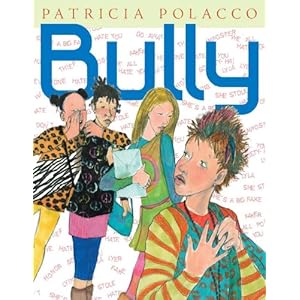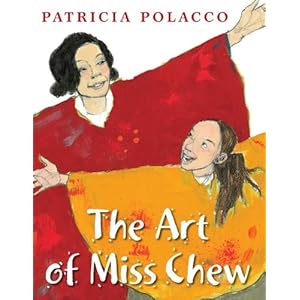Ever wonder if the kind of writing (the mode) will be returning in another unit? Will you get another opportunity to teach this mode with students publishing in genres in the future... or is this the last real emphasis on this type of writing?
Well, wonder no more- The information below will be the Holy Grail of Writing Focus information. It will offer you that overview you've been wishing for and can be used when planning a unit's lessons.
K/1 Writing Focus by the
Unit:
Unit
1: exposure to Opinion, Narrative, and Informative
Unit
2: Opinion
Unit
3: Narrative
Unit
4: Informative/explanatory
Unit
5: Shared Research (more independent in 1st)
Unit
6: Using digital tools to publish writing
Unit
7: Revision
2nd Grade Writing
Focus by the Unit:
Unit
1: exposure to Opinion, Narrative, and Informative
Unit
2: Shared Research and writing projects
(report, science observations, etc.)
Unit
3: Informative/explanatory
(supportive: revising and editing + gather info. to answer a question)
Unit
4: Informative/explanatory
Unit
5: Narrative + Using digital tools to publish writing
Unit
6: Narratives
Unit
7: Opinion
3rd Grade Writing
Focus by the Unit:
Unit
1: exposure to Opinion, Narrative, and Informative
Unit
2: Narrative (3rd
person) (organization, revision & editing)
Unit
3: Narrative (1st person)
Unit
4: Informative/explanatory
Unit
5: Conduct short research
Unit
6: Opinion (gather info from
experience and digital sources- take notes)
Unit
7: Uses technology to produce and publish writing
4th Grade Writing
Focus by the Unit:
Unit
1: exposure to Opinion, Narrative, and Informative
Unit
2: Informative/explanatory (clear,
coherent, organized; revision & editing)
Unit
3: Informative/explanatory (short research-different aspects) (writing in
response to reading-literary)
Unit 4: Narrative (organization)
Unit
5: Opinion (short research-
different aspects)
Unit
6: Narrative (recall/gather relevant info. and use technology to produce and
publish writing, use digital sources, take notes & provide sources)
Unit
7: Short Research/Opinion (digital sources, take notes) (writing in response to
reading-informative) (write for many purposes and for varying lengths of time)
5th Grade Writing
Focus by the Unit:
Unit
1: exposure to Opinion, Narrative, and Informative
Unit
2: Short research projects (clear,
coherent, organized, writing process)
Unit
3: informative/explanatory (writing
in response to on level reading-literary and informative=drawing inferences)
Unit
4: Opinion
Unit
5: Narrative
Unit
6: Narrative + writing process
Unit
7: Recall relevant info from experiences or Gather relevant info from print and
digital sources; Uses technology to produce and publish writing, take notes,
cite sources)
NOTE: Though this organizer offers the standard of focus for the unit, variety in writing is important and offering students opportunities to publish outside of the "mode/genre of focus" will continue to be important. We can talk about how to do this inside planning meeting. :)
BOLD=emphasis of the standard and all its sub standards for this mode in this unit.
ALSO: It may be that in the CURRENT unit, you will often need to expose kids to one type of writing for a short time to prepare them for a future unit (ex. collect seeds for narrative writing for later development) and then spend the vast majority of the time focusing on and supporting kids with informative writing. The NEXT unit will then focus on narrative writing and expose them to opinion. We can plan for your specific units in your PLC's planning meetings.













